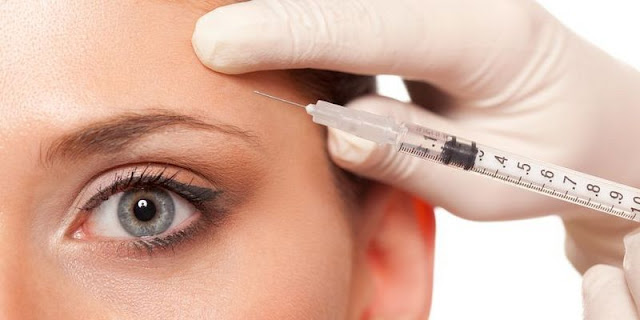Signs To Identify Neurological Disorders in Your Children

A neurological disorder affects the brain or better still undermines the ability of the brain and nervous system to function properly. In short terms, it is an abnormality of the nervous system- the brain, nerves, and spine. Cases with children are easily fingerprinted as certain symptoms are apparent as a child grows. Some cases, however, require a medical examination to recognize. It makes sense to catch the drift early when you are dealing with neurological disorders. Early interventions by the best neurologists can ease the treatment. Seek advice from the best neurologist in Gurgaon, especially in the case with a child, it is a must, so it doesn’t affect the child’s quality of life. For early detection, always look out for these signs: Bad muscle control Uncoordinated muscle apparent in a child’s walking gait in form of inability to coordinate movements, it is known as ataxia. This leads to shaky, unsteady movements. This symptom is usually noticed when a child star...

